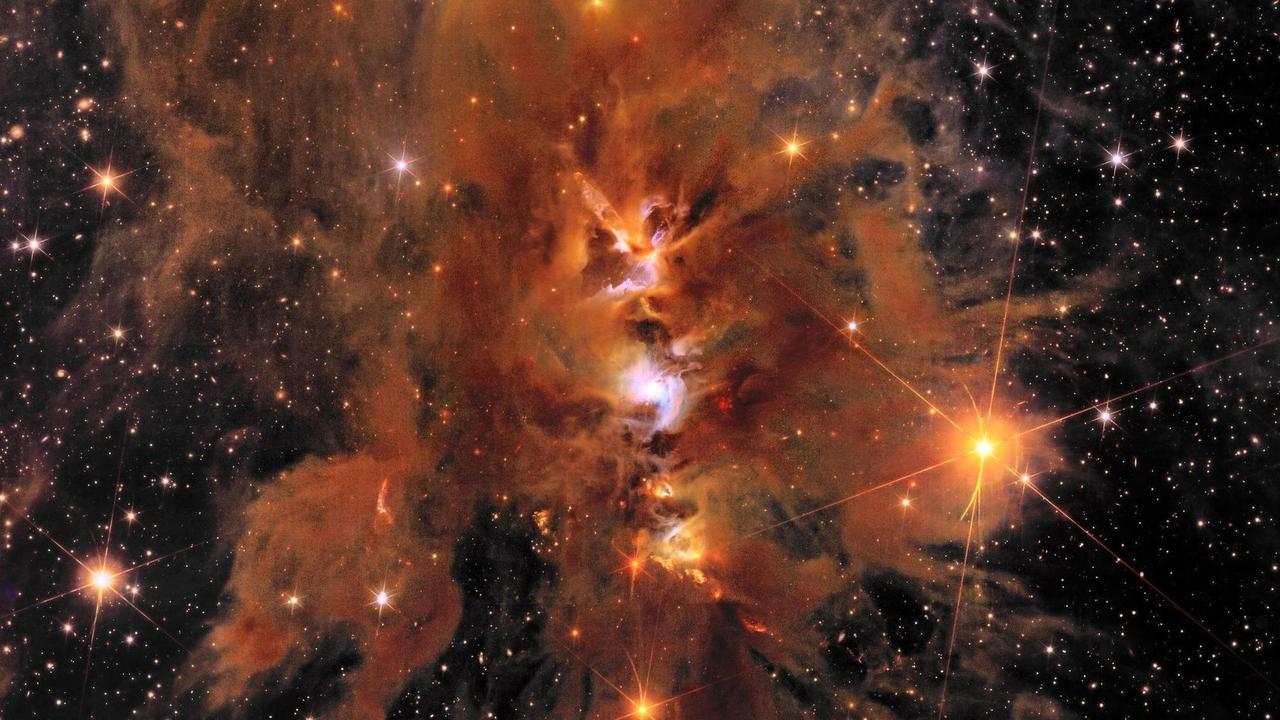Astronomy
Bulletin – “Messier 78”: A luminous star cluster surrounded by interstellar dust. Image: ESA/Euclid/Euclid Consortium/NASA/J.-C. Coelandry (CEA Paris-Saclay), c. Anselmi/DPA
Reading time: 1 minute
Brussels (dpa) – About six months after the first images were taken, other images were shown from the European probe “Euclid”. One shows the Abell 2390 galaxy cluster, which includes about 50,000 galaxies: a “beautiful example” of so-called gravitational lensing that forms huge curved arcs in the sky, said a presentation by the European Space Agency (ESA) at the Space Council conference in Brussels.
The cluster’s mass distorts the light from galaxies behind Abell 2390 as we see it – a phenomenon called gravitational lensing.
Another image shows Messier 78, a glowing star cluster surrounded by interstellar dust. Euclid used his infrared camera to make hidden regions of star formation visible and discovered newly formed stars and planets. Pictures of the galaxy “NGC 6744,” the galaxy cluster “Abell 2764,” and the so-called Dorado galaxy cluster were also displayed.
Millions of objects captured
In just 24 hours, more than 11 million objects were detected in visible light and another five million in infrared light, according to the European Space Agency. “This space telescope aims to clarify the biggest open questions in cosmology,” said Valeria Petorino, Euclid project scientist at the European Space Agency. “These initial observations clearly show that Euclid is more than up to the task.”
The images obtained using Euclid are at least four times clearer than those taken by ground telescopes, according to the European Space Agency. They covered vast swaths of the sky with unparalleled depth and peered far into the distant universe in visible and infrared light.
The probe was launched into space at the beginning of July 2023. The centerpiece is a high-resolution telescope equipped with two cameras – one for the visible wavelength range and the other for the near-infrared range. They aim to photograph the movements and shapes of galaxies or to help determine the distance between galaxies.
The European Space Agency wants to look into the past of the universe and investigate its evolution over the past 10 billion years. In total, data will be collected on billions of galaxies and a 3D map of space will be created with time as an element.
© dpa-infocom, dpa:240523-99-135948/4

“Alcohol buff. Troublemaker. Introvert. Student. Social media lover. Web ninja. Bacon fan. Reader.”






More Stories
Ecologists Celebrate New Xesap National Park in Laos | Science
Is the wrong diet making you forget?
We can study it with a new telescope.